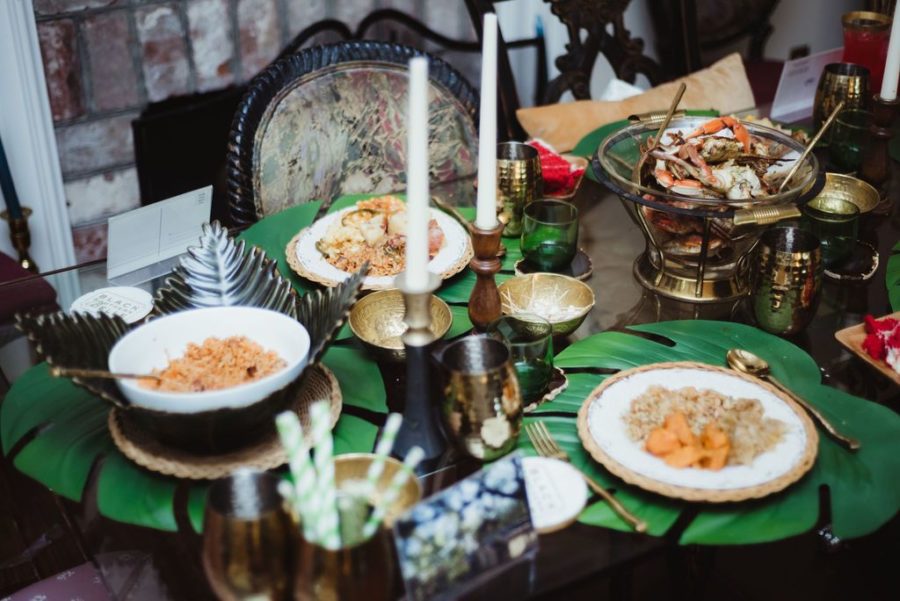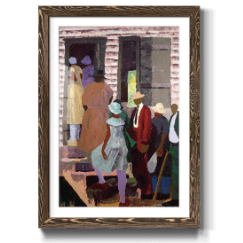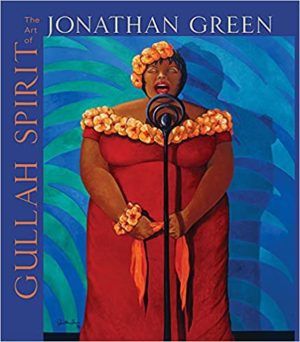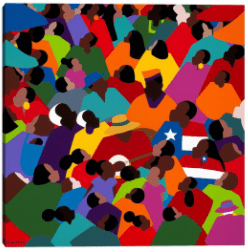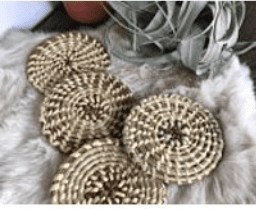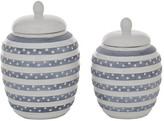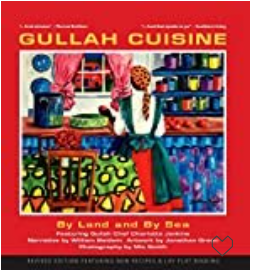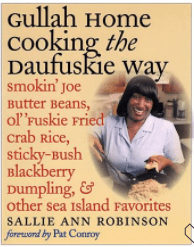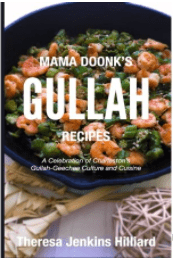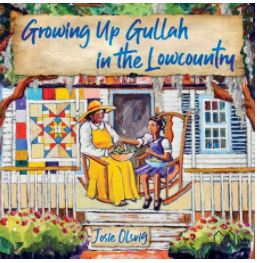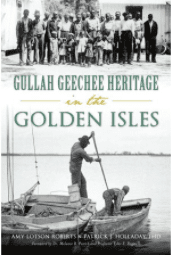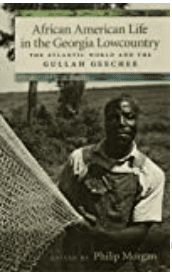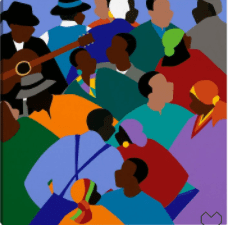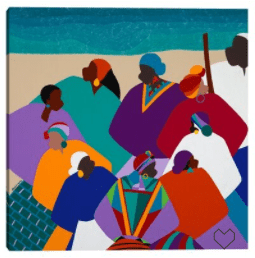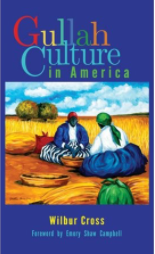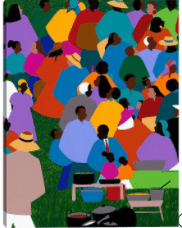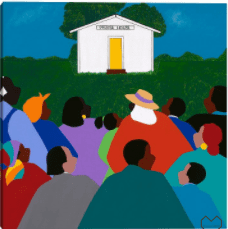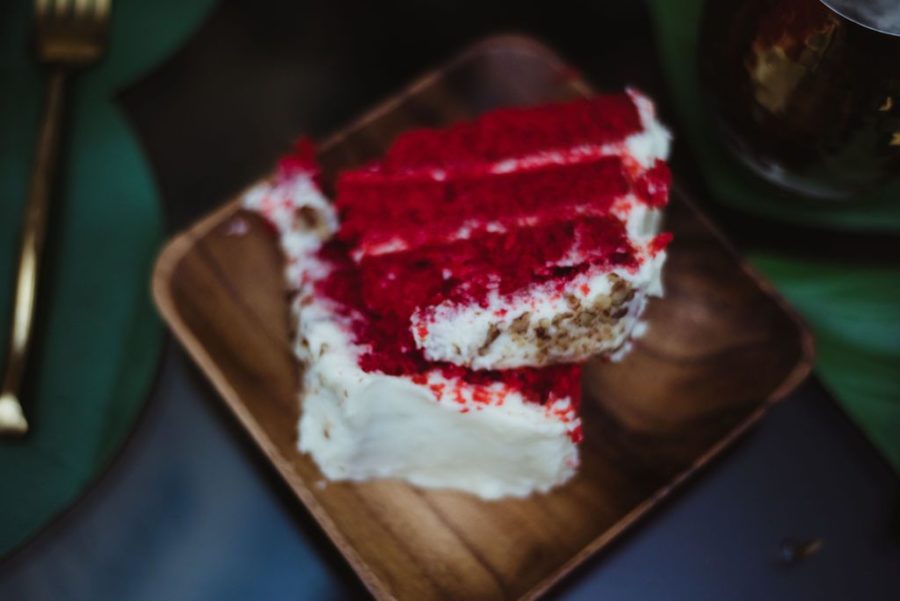
Juneteenth is right around the corner and one thing we know for sure, food is definitely on the menu for commemorating this holiday. Want to learn more about the food heritage of Juneteenth? We are here to help. With insight from expert food researcher and food publicist, Robin Caldwell, we are giving you 5 key insights into Juneteenth food history. Check out her history lesson below and be sure to share images of your Juneteenth food with us using the hashtag #blacksouthernbelle
5 Juneteenth Food History & Heritage Facts From Food Researcher Robin Caldwell
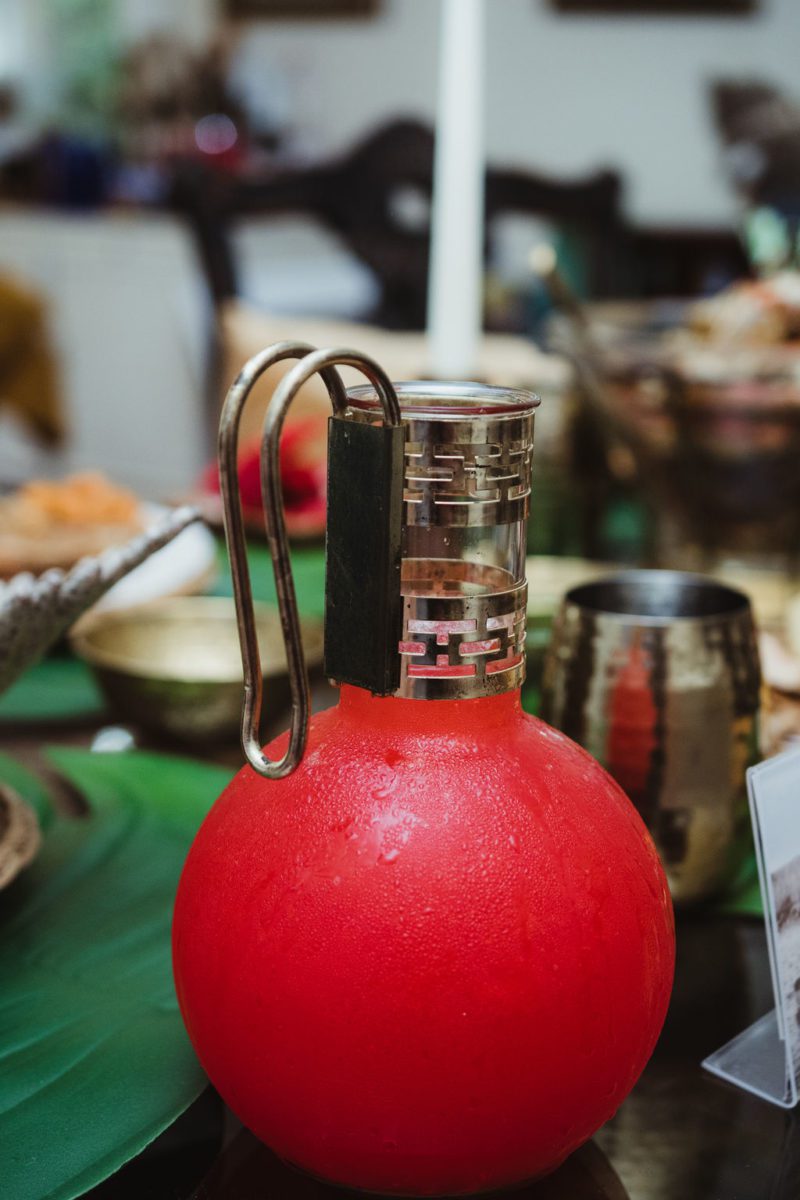
1. The color red is a must-have. It has to show up in fresh produce (strawberries, tomatoes) and in the famous “red drink,” which was originally an hibiscus punch that evolved into red soda pop. Red honors the ancestors and their bloodshed.
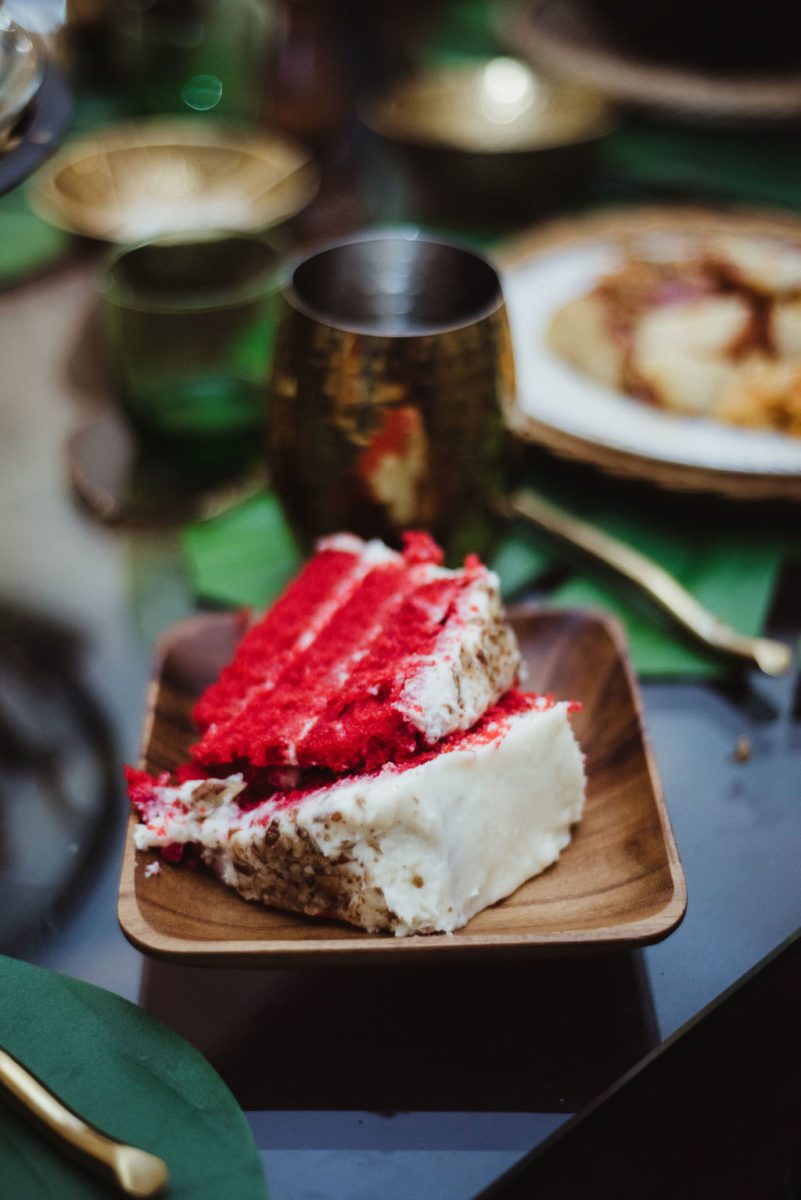
2. The prosperity foods like black-eyed peas and other beans should be served along with cornbread and a green such as collards and turnips.
3. Sweet potatoes are an important element of the original menus. They were baked, roasted and used in pies and cobblers.
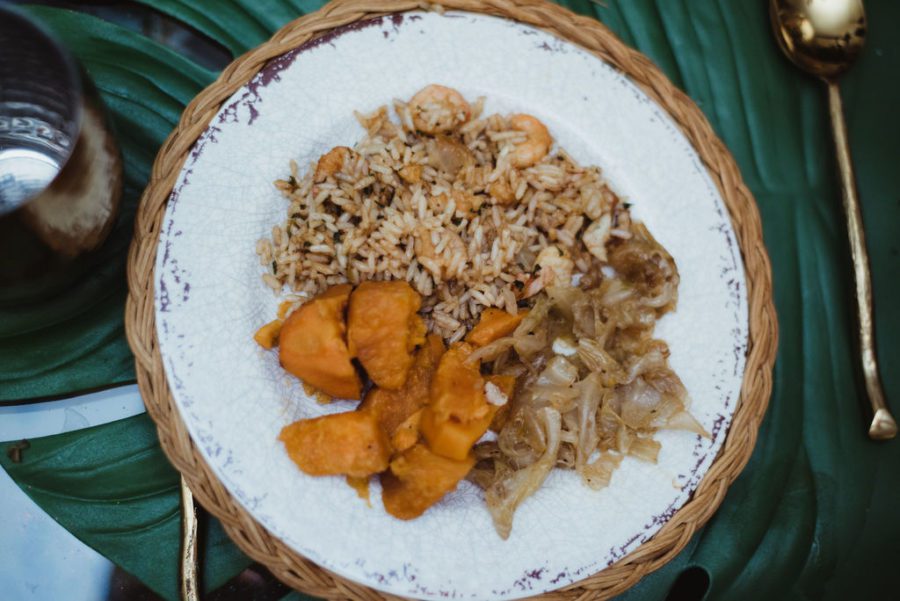
4. The foods served in Galveston were fit for their agriculture and climate, which was tropical.
5. Food preparation was often communal (rarely was BBQ served) and food was prepared to be shared.
